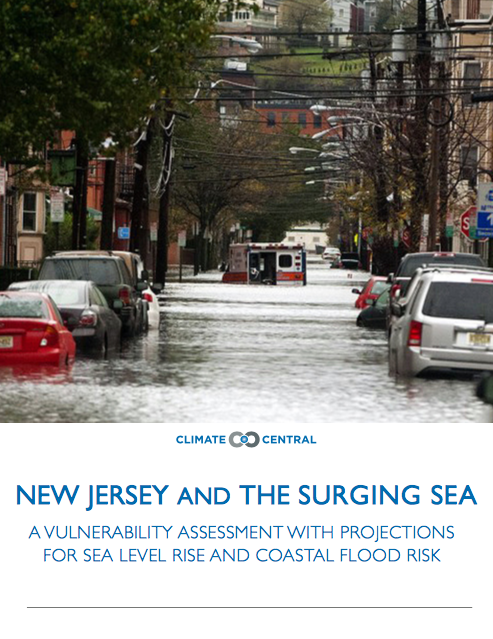California, Oregon, Washington, and the Surging Sea
Posted on:
3/27/2018
-
Updated on:
3/06/2020

Posted by
Tera JohnsonPublished
Abstract
Sea levels are rising at an accelerating rate, and the scientific community is confident that global warming is the most important cause. Higher sea levels translate to more and higher coastal floods. To forecast future risk, this analysis integrates historic flood statistics with local sea level rise projections developed by the U.S. National Research Council. Under mid-range projections, floods exceeding today’s historic records are likely to take place throughout California, Oregon and Washington within the next 30 years. In Southern California, such floods would become annual events within the same period; in Northern California and Puget Sound, this would take up to six decades.
The tool includes:
- Interactive local projections of sea level rise and increasing coastal flood risk from 1-10 feet by decade;
- A zooming, zip-searchable map of low-lying areas threatened, plus layers showing social vulnerability, population density and property value;
- Detailed assessments of populations, property, infrastructure and contamination sources exposed, for each implicated county, city, town, zip code, planning district, legislative district and more; and
- State- and county-wide heat maps facilitating high-level vulnerability comparisons. Detailed knowledge of vulnerability is a critical tool for communities seeking to build resiliency to the climate challenges of today and the future.
Related Resources
Sector Addressed
Disaster Risk Management
Land Use Planning
Policy
Transportation / Infrastructure
Sector Addressed
Disaster Risk Management
Land Use Planning









